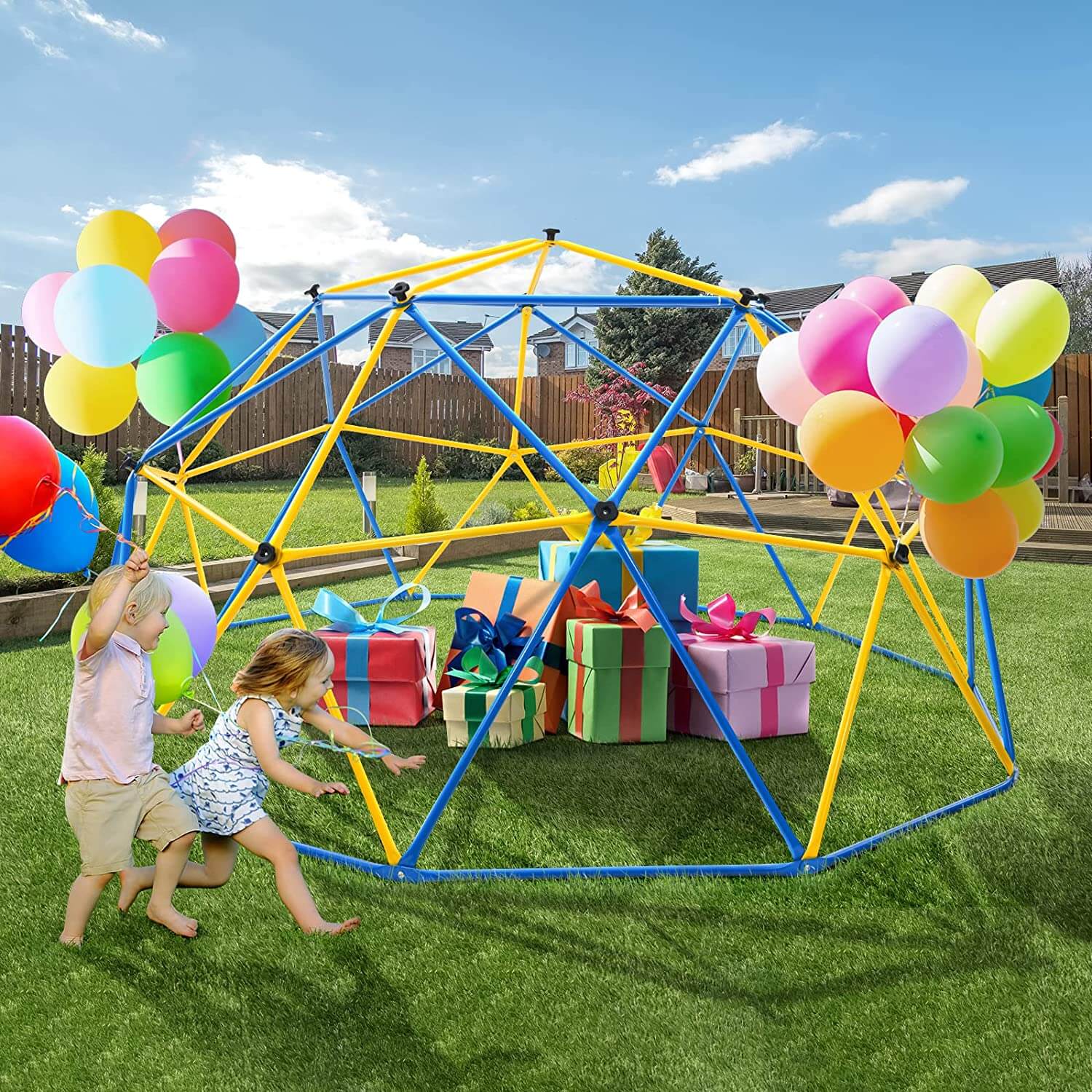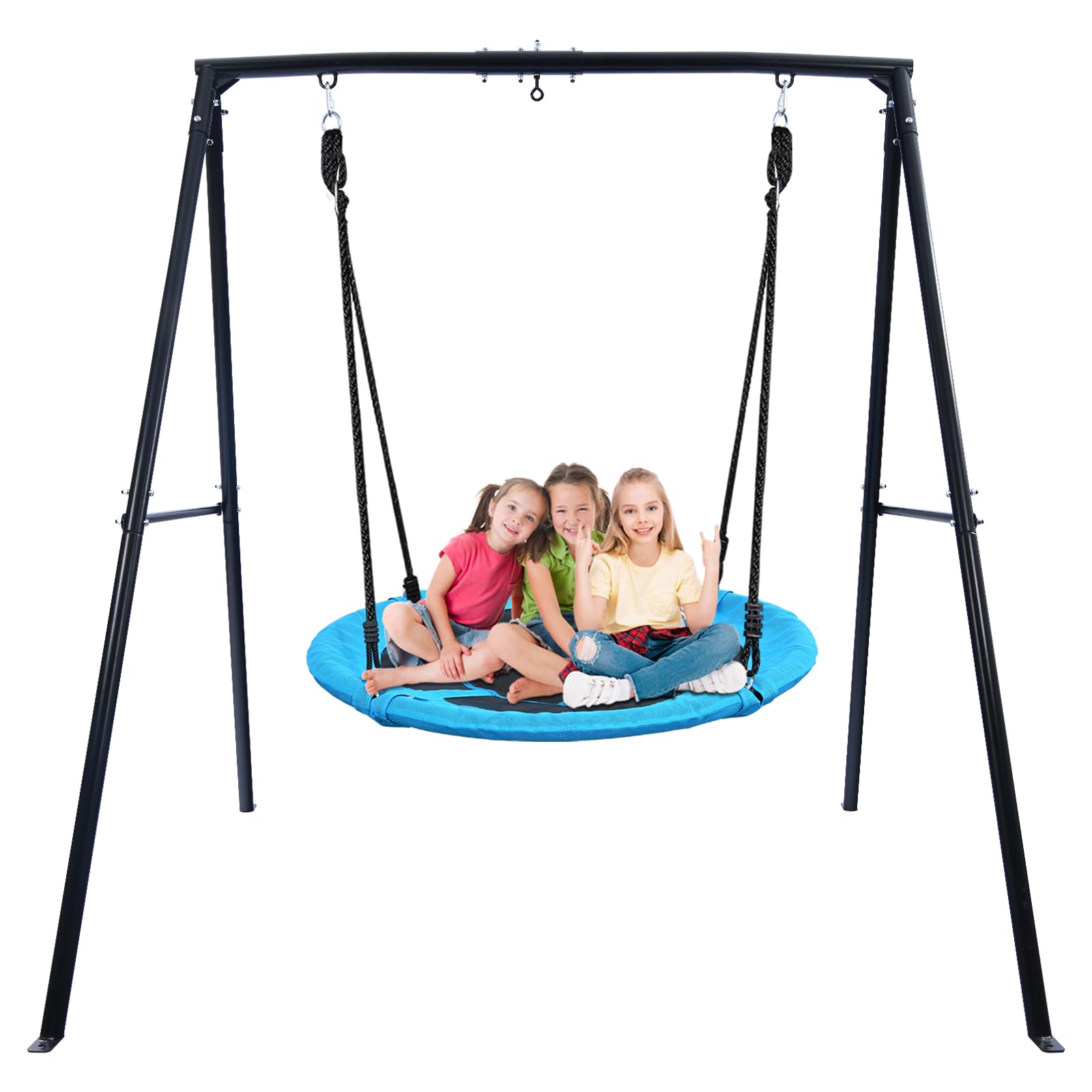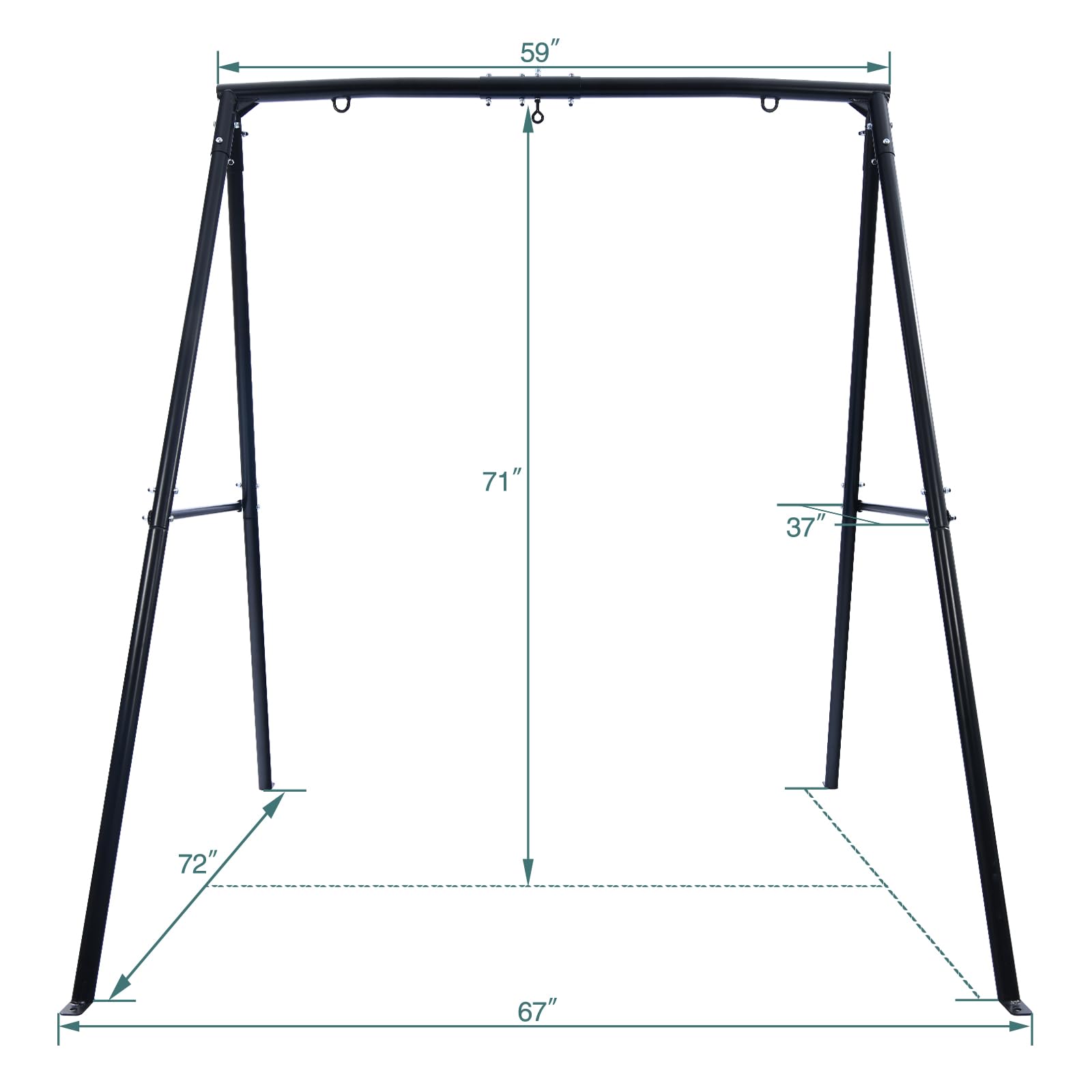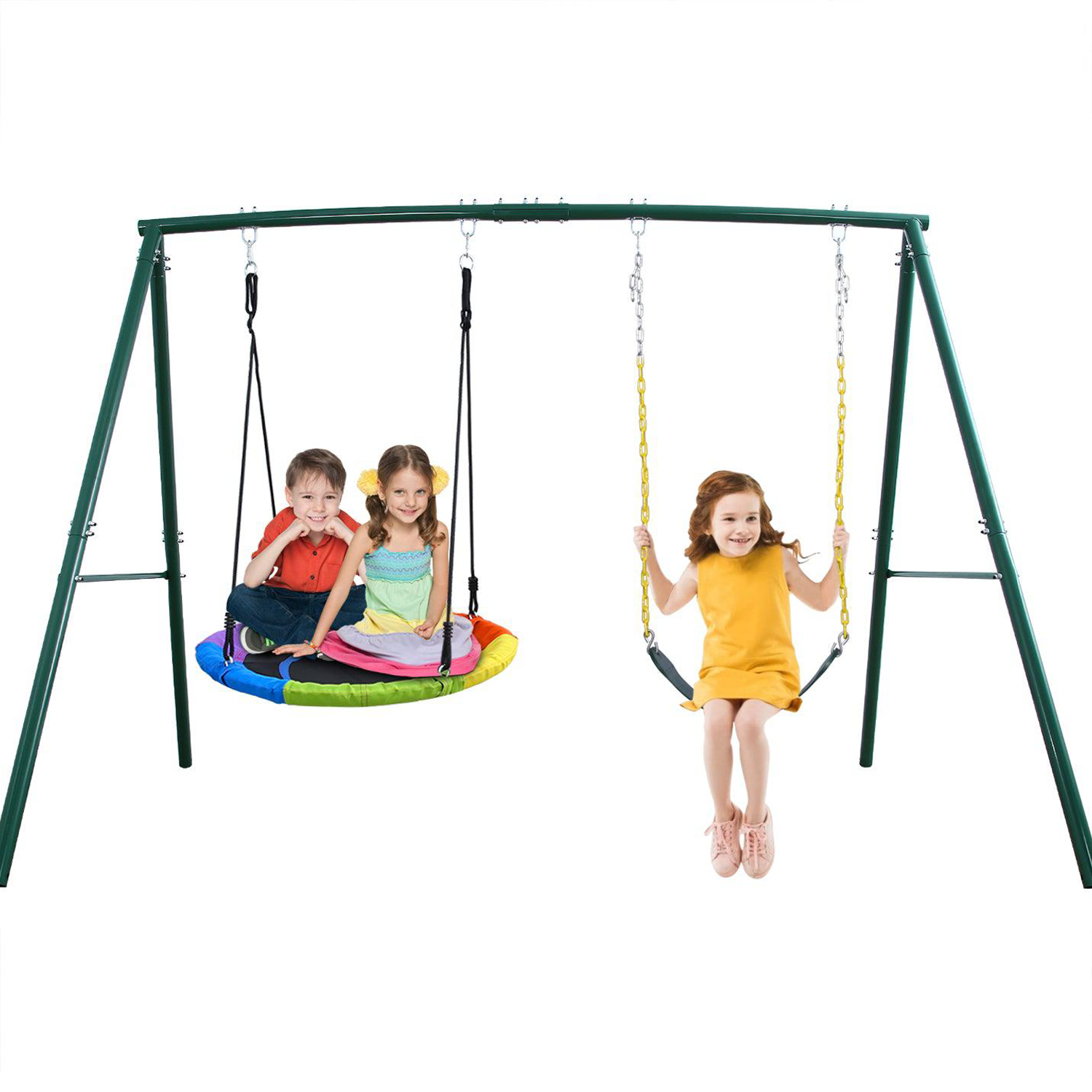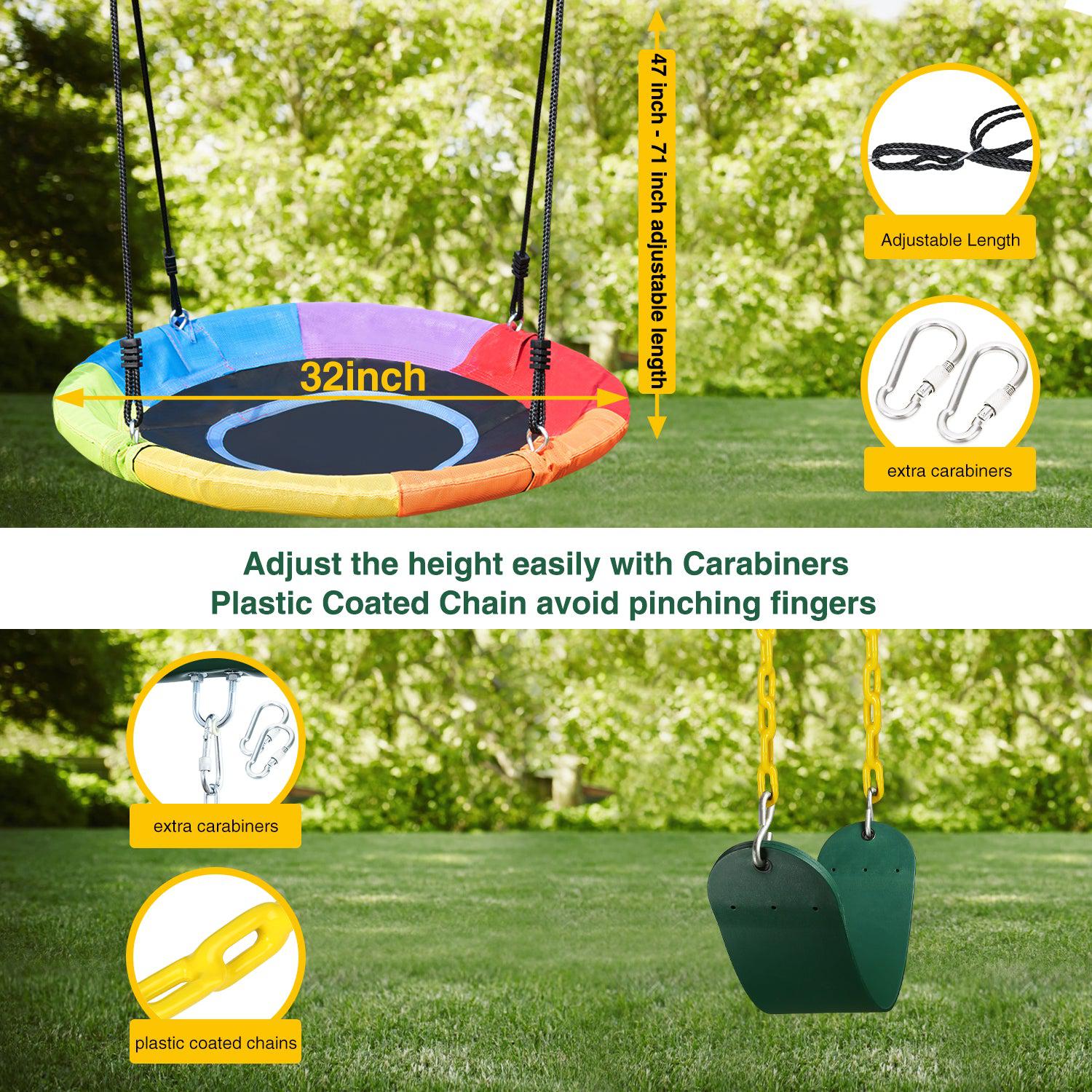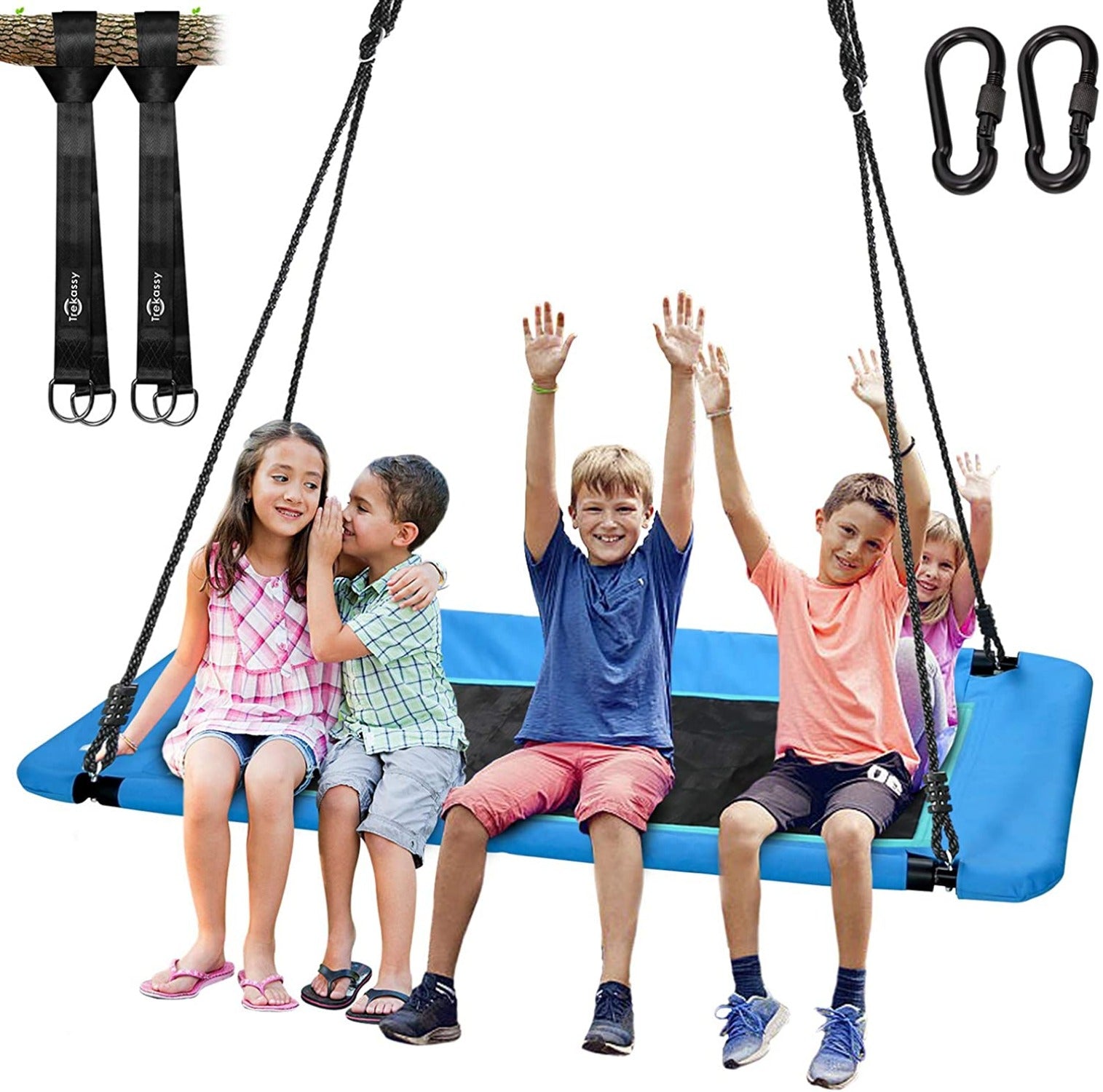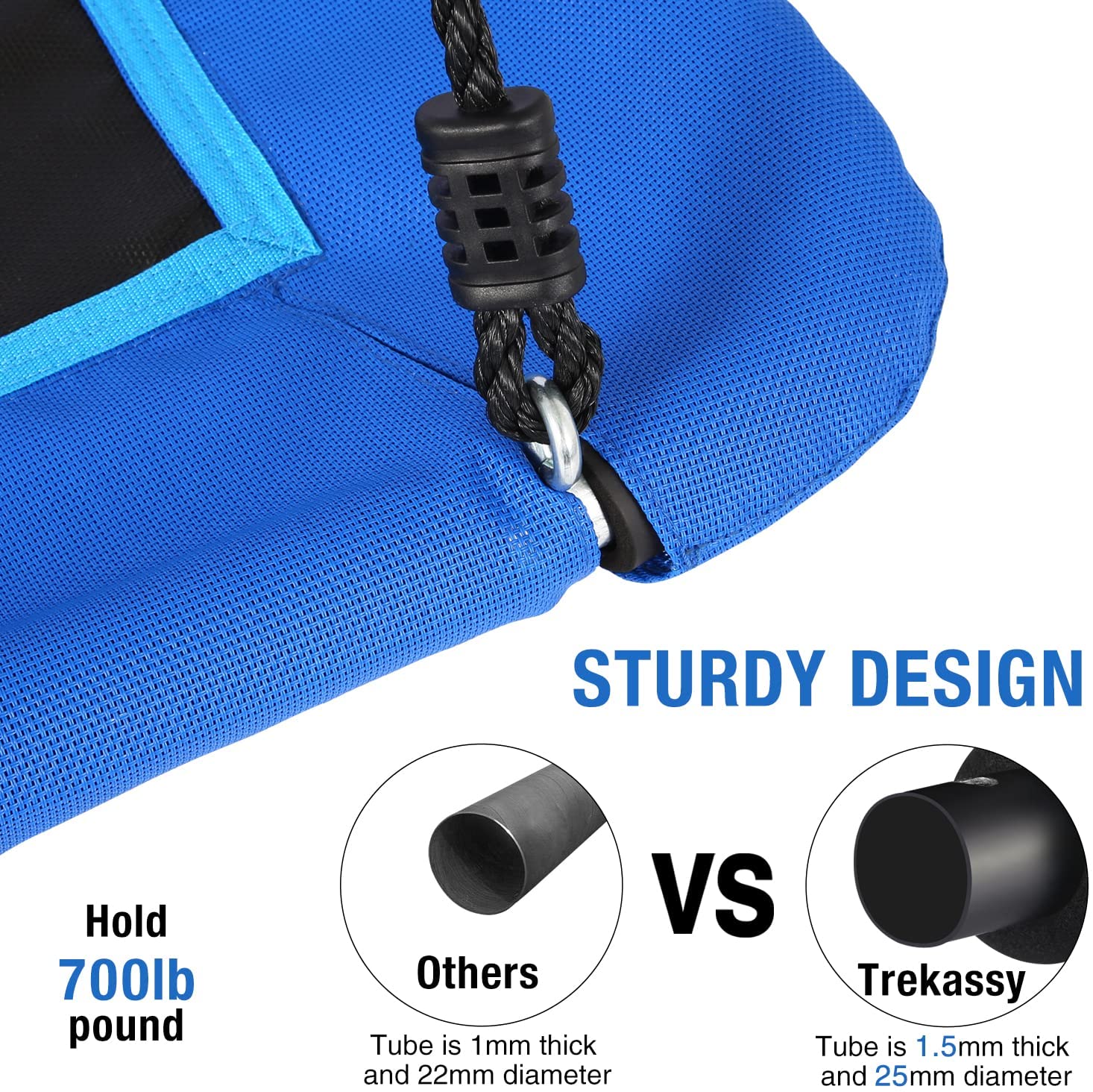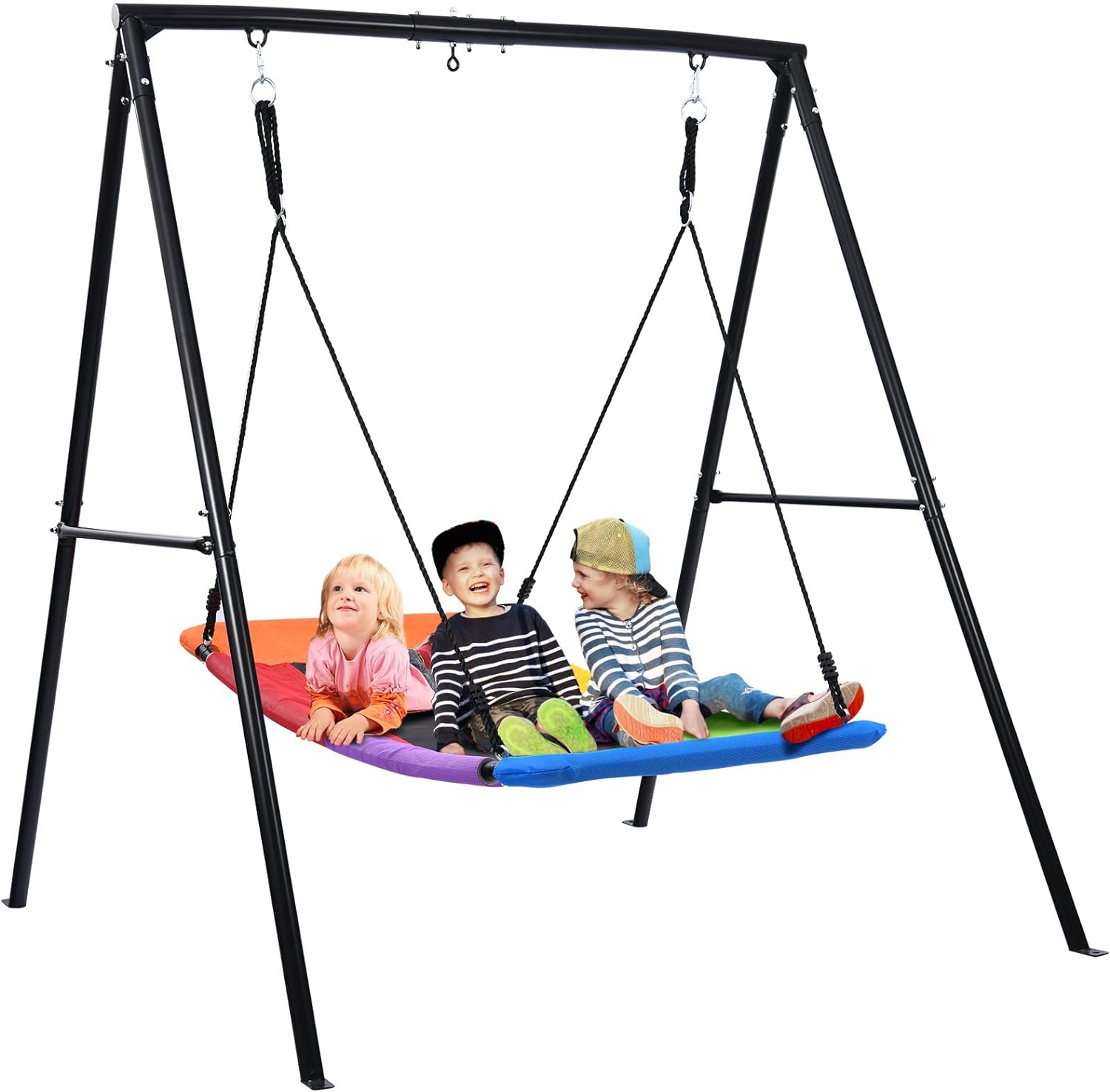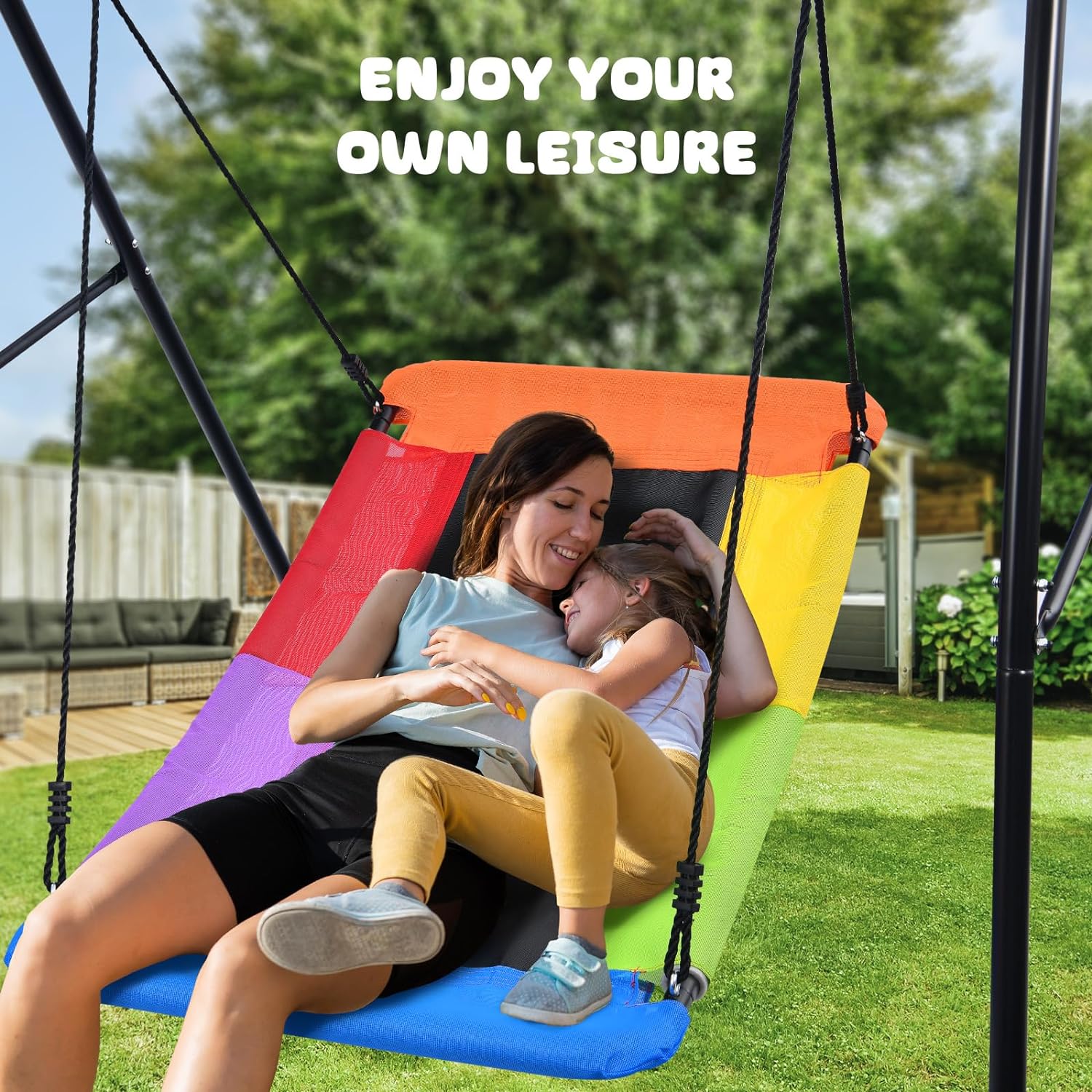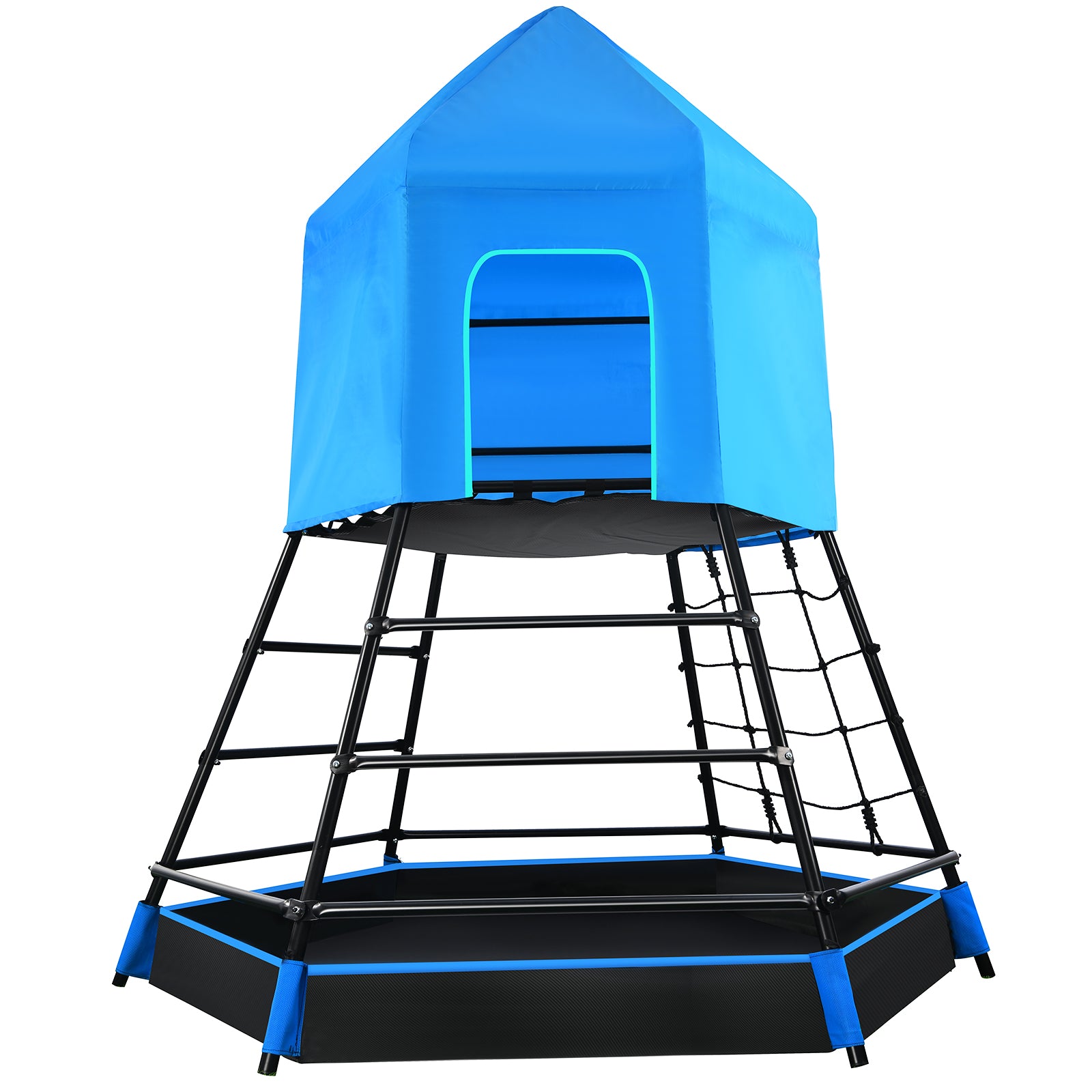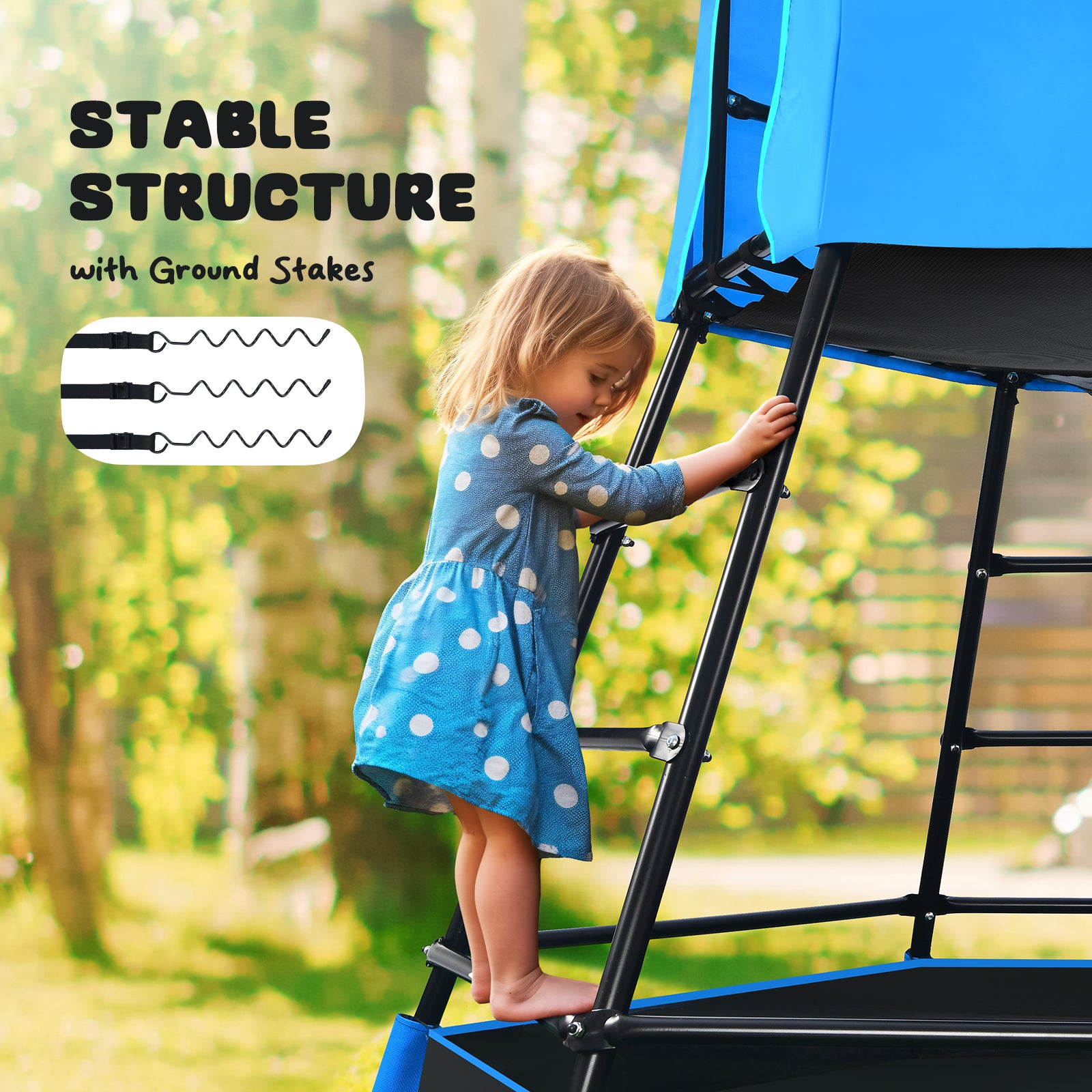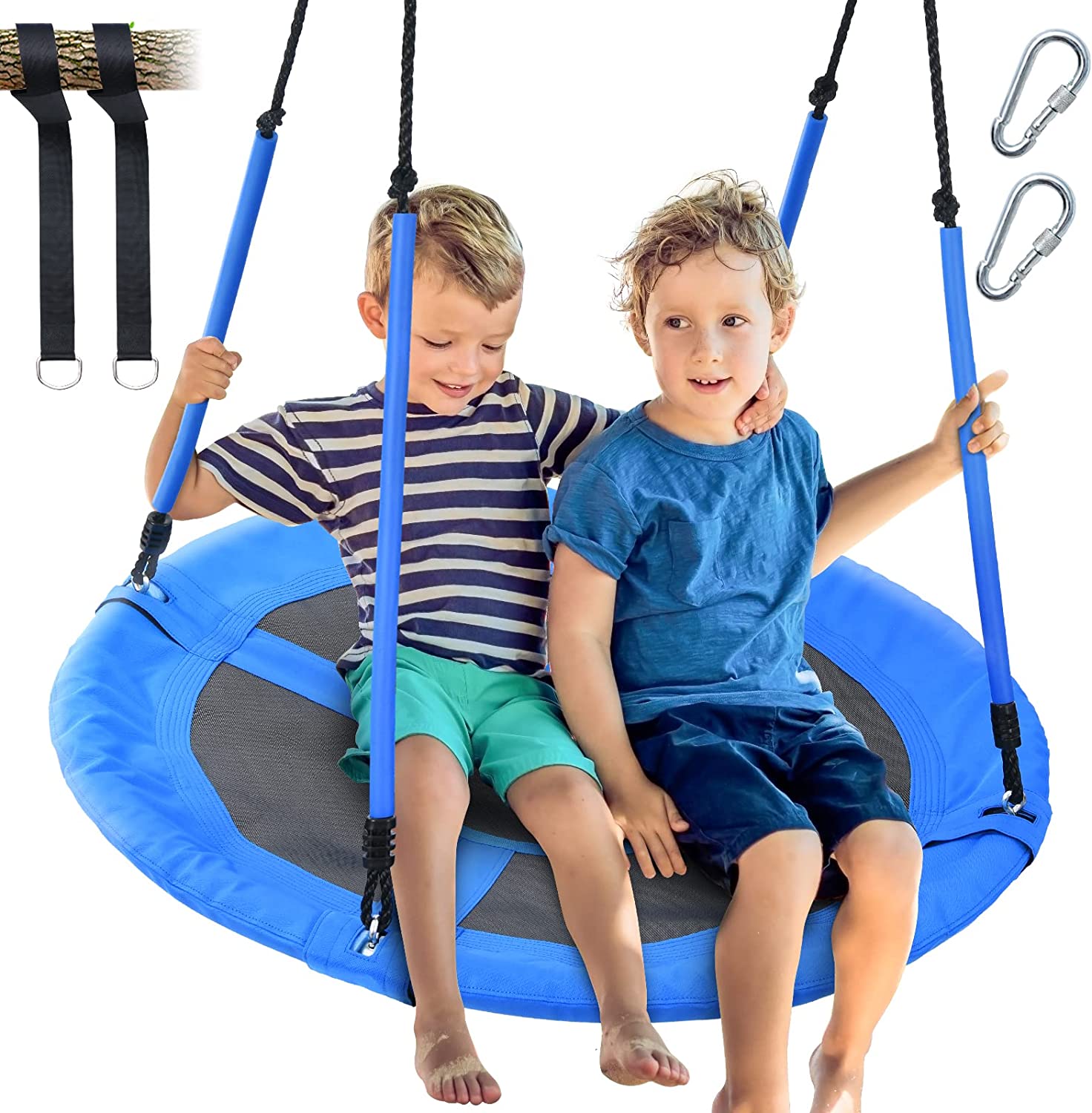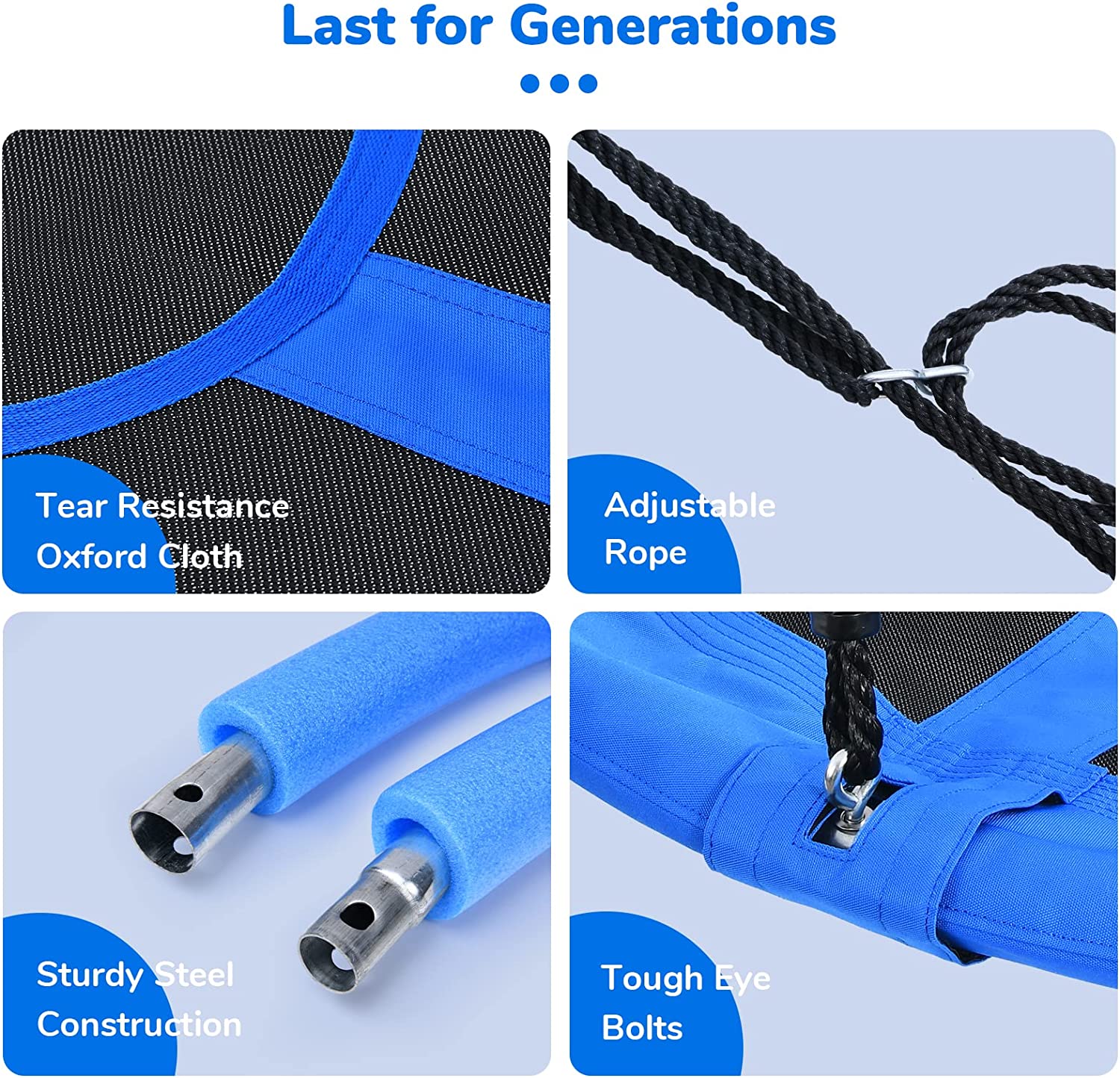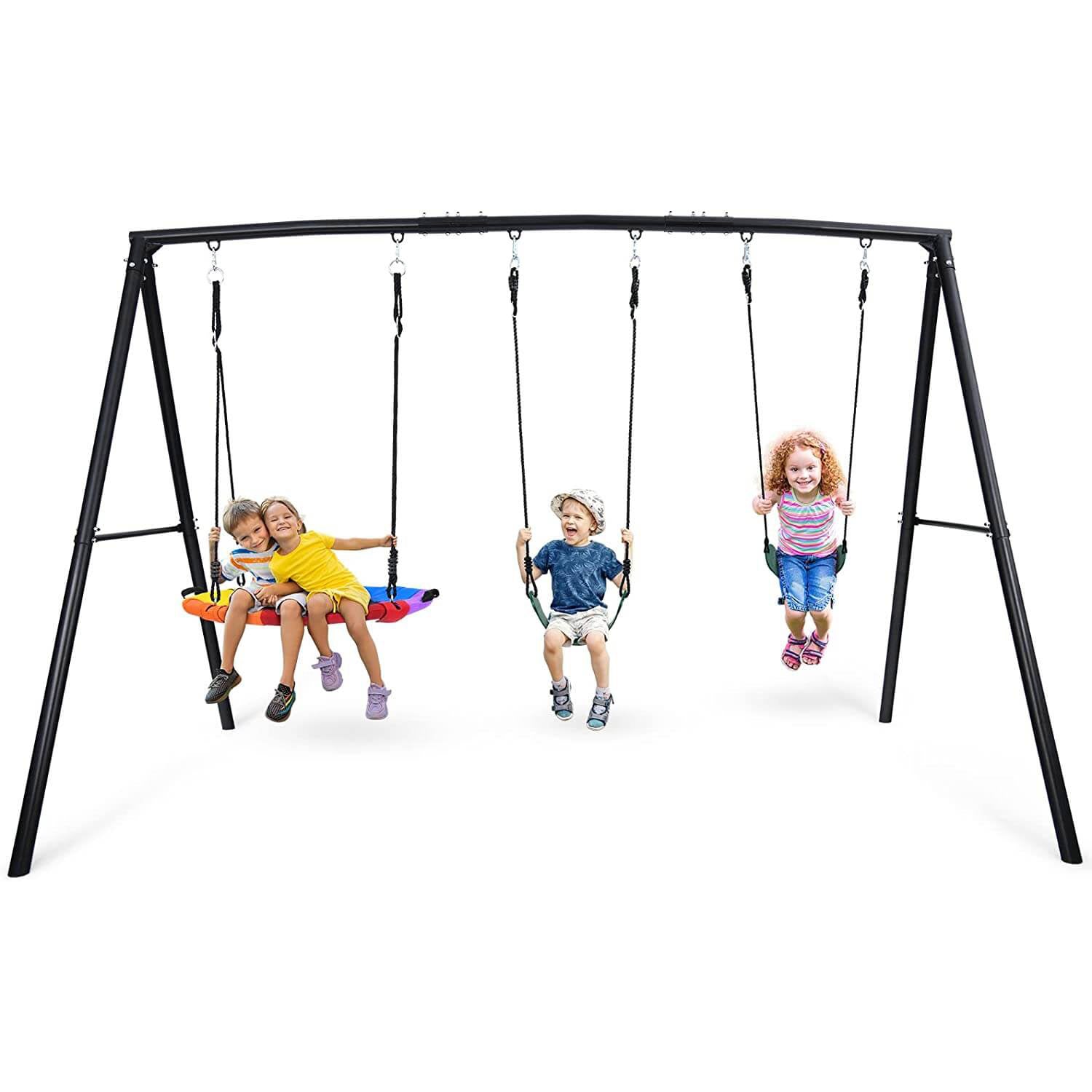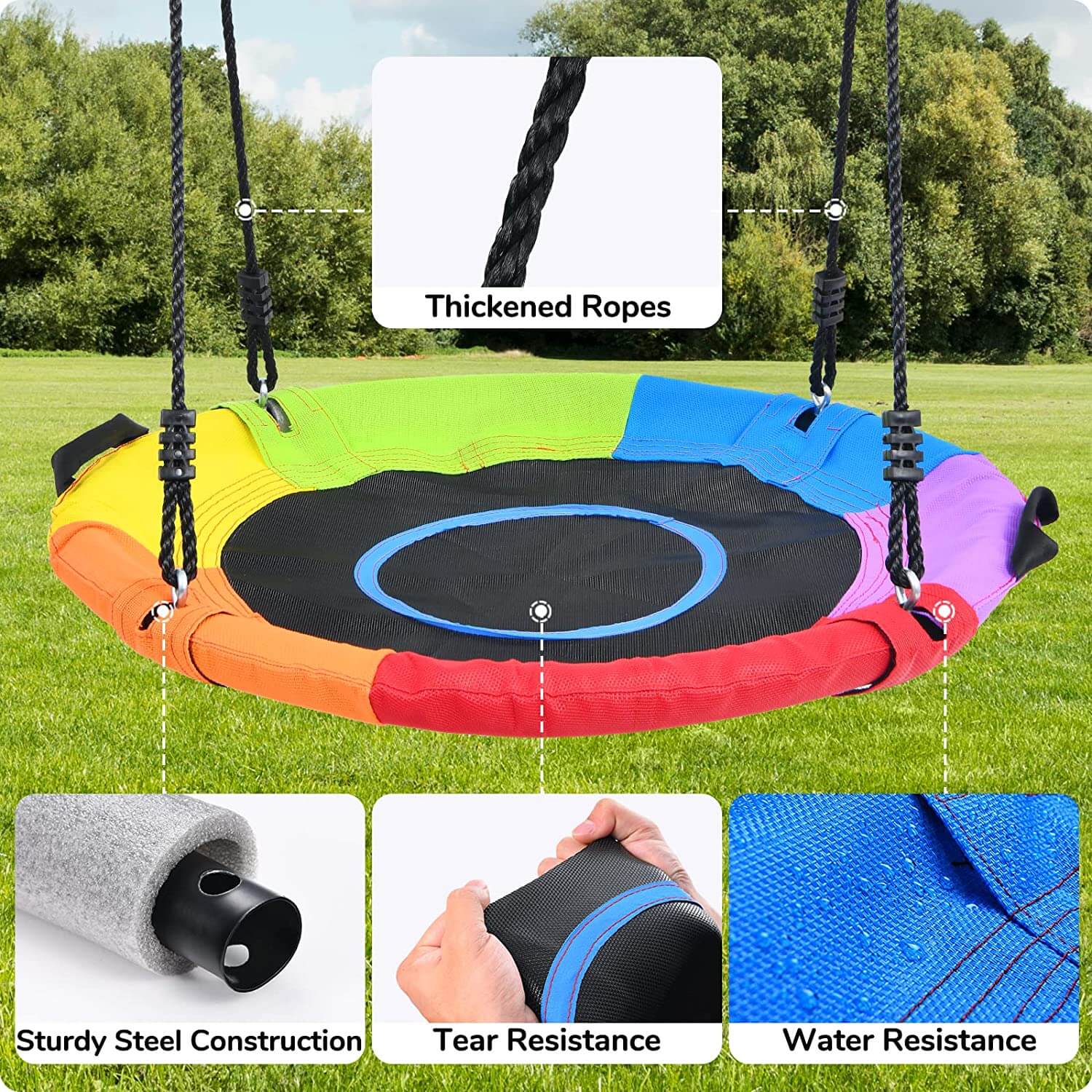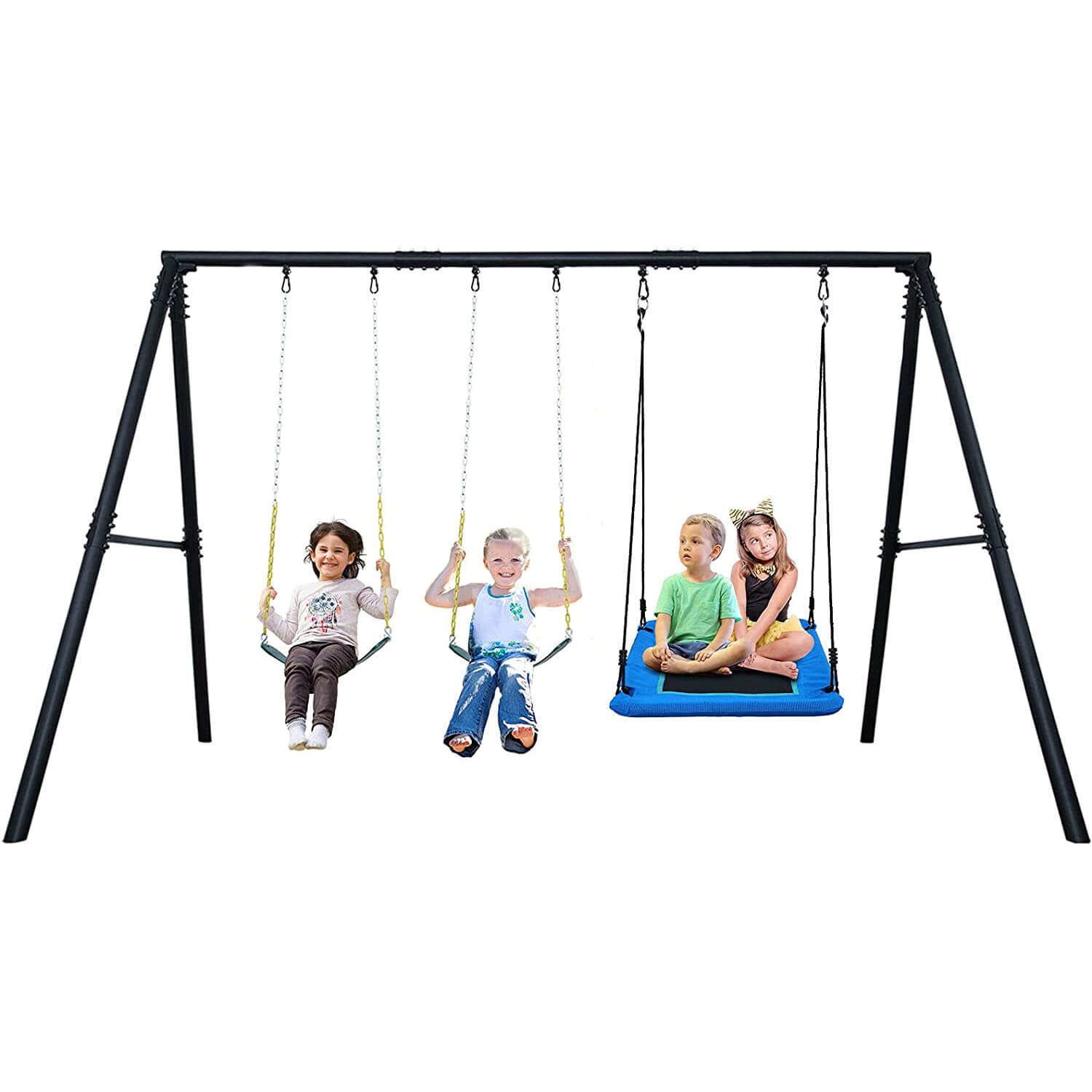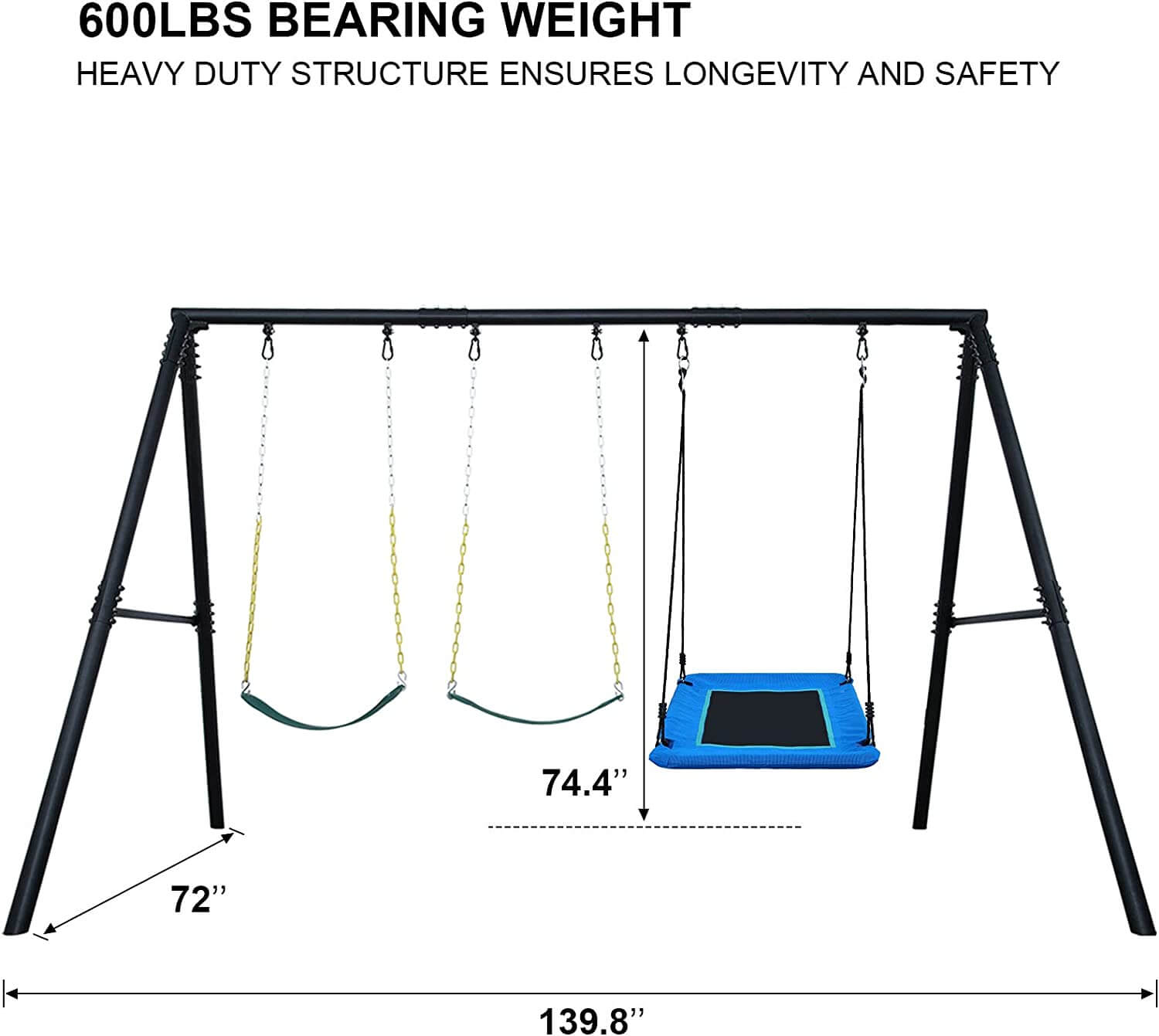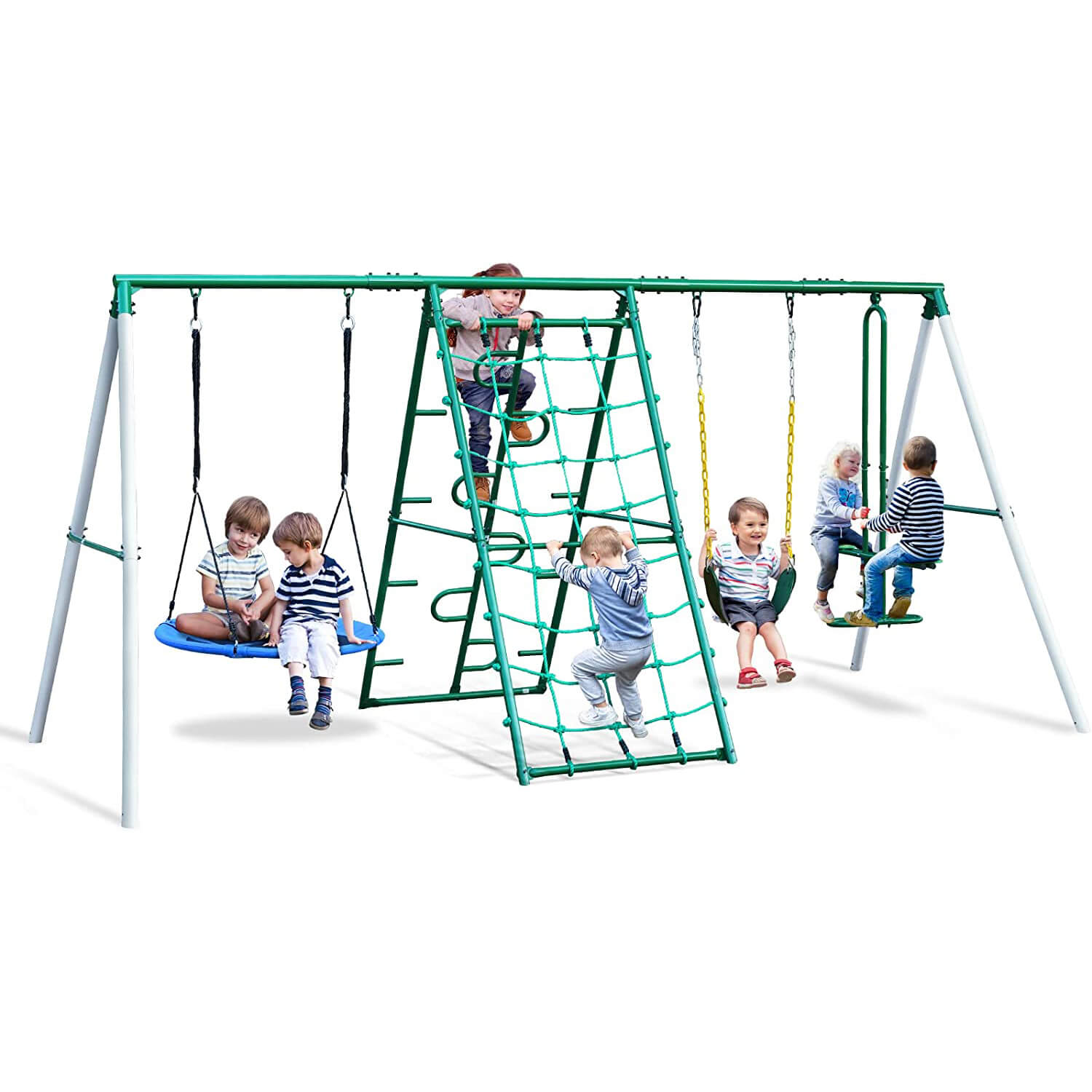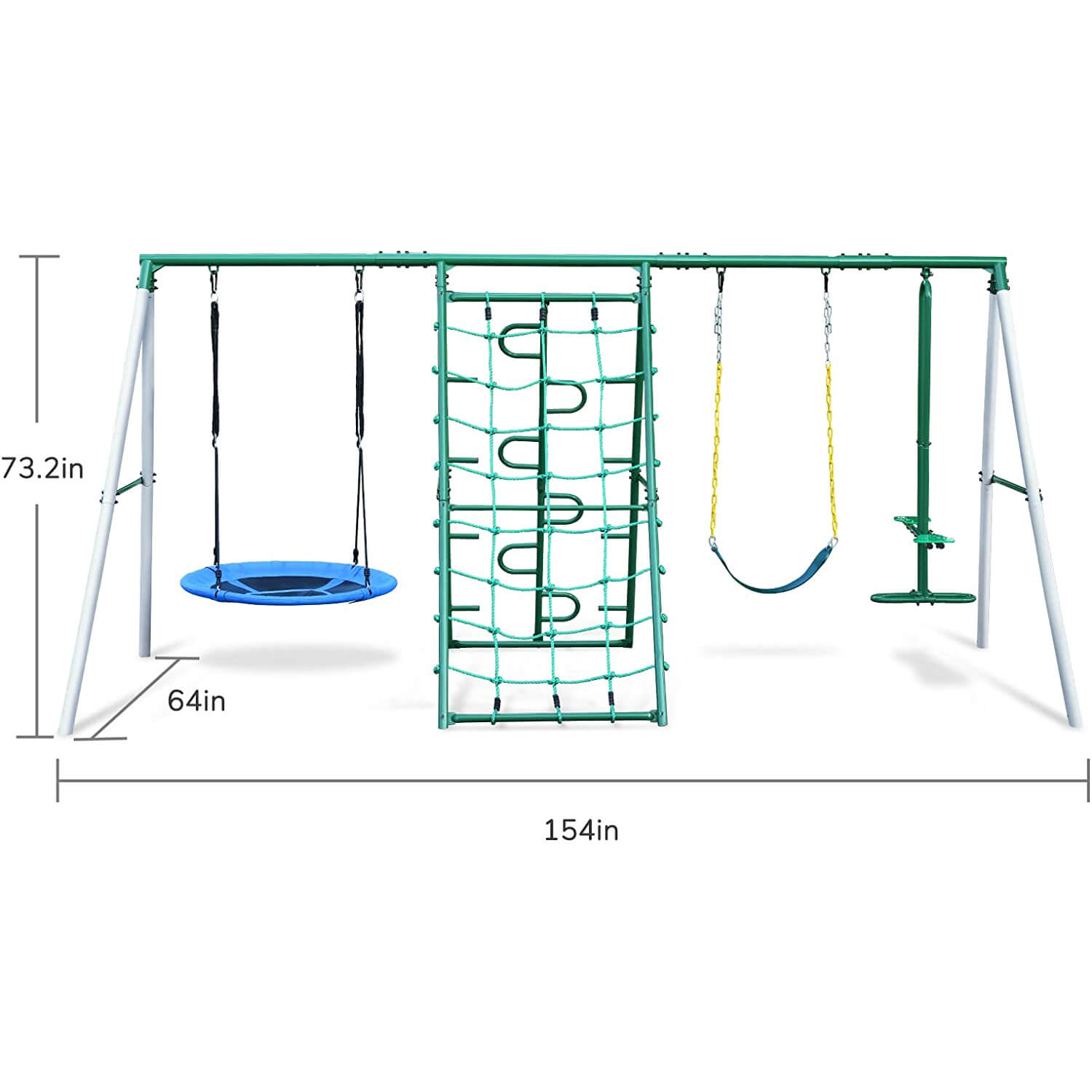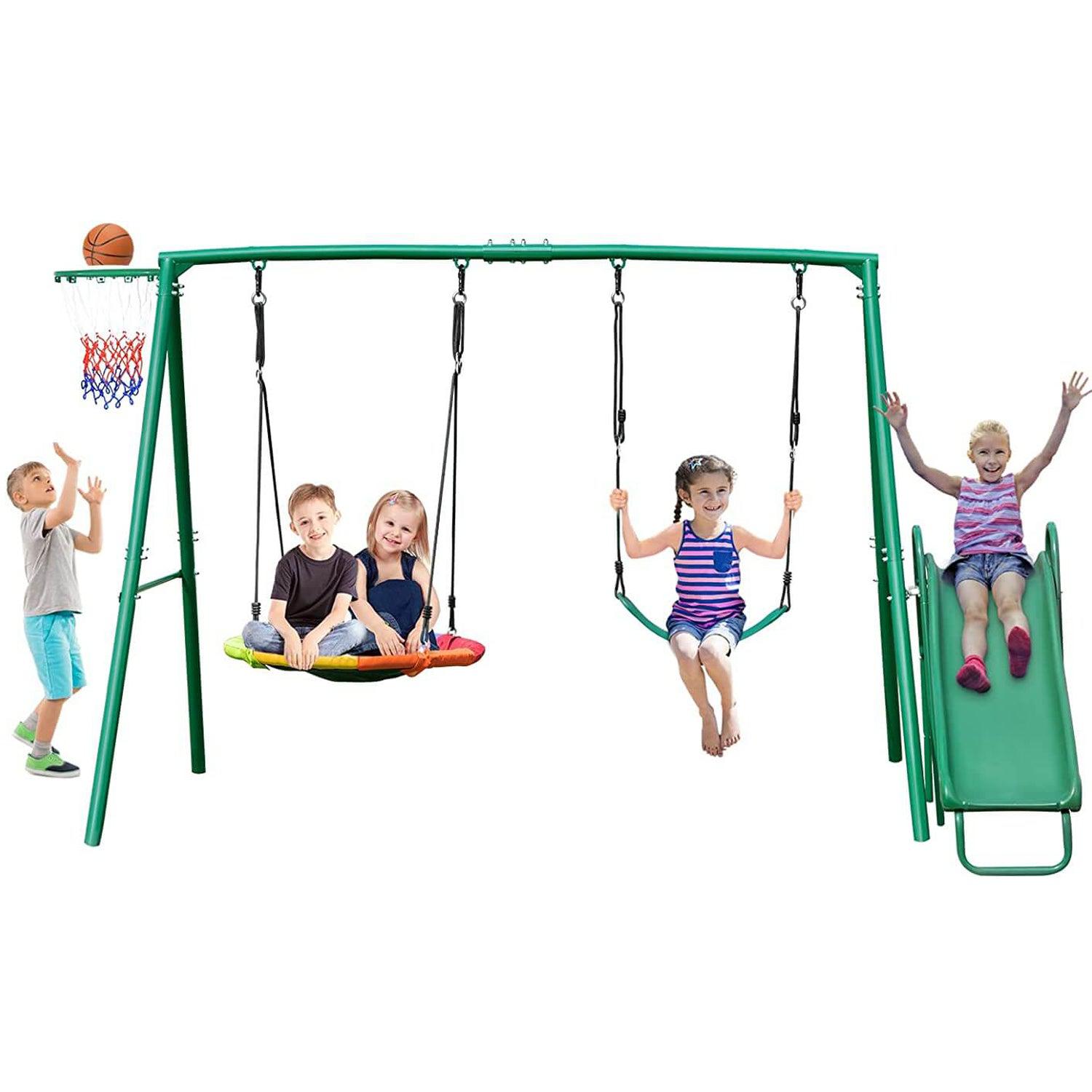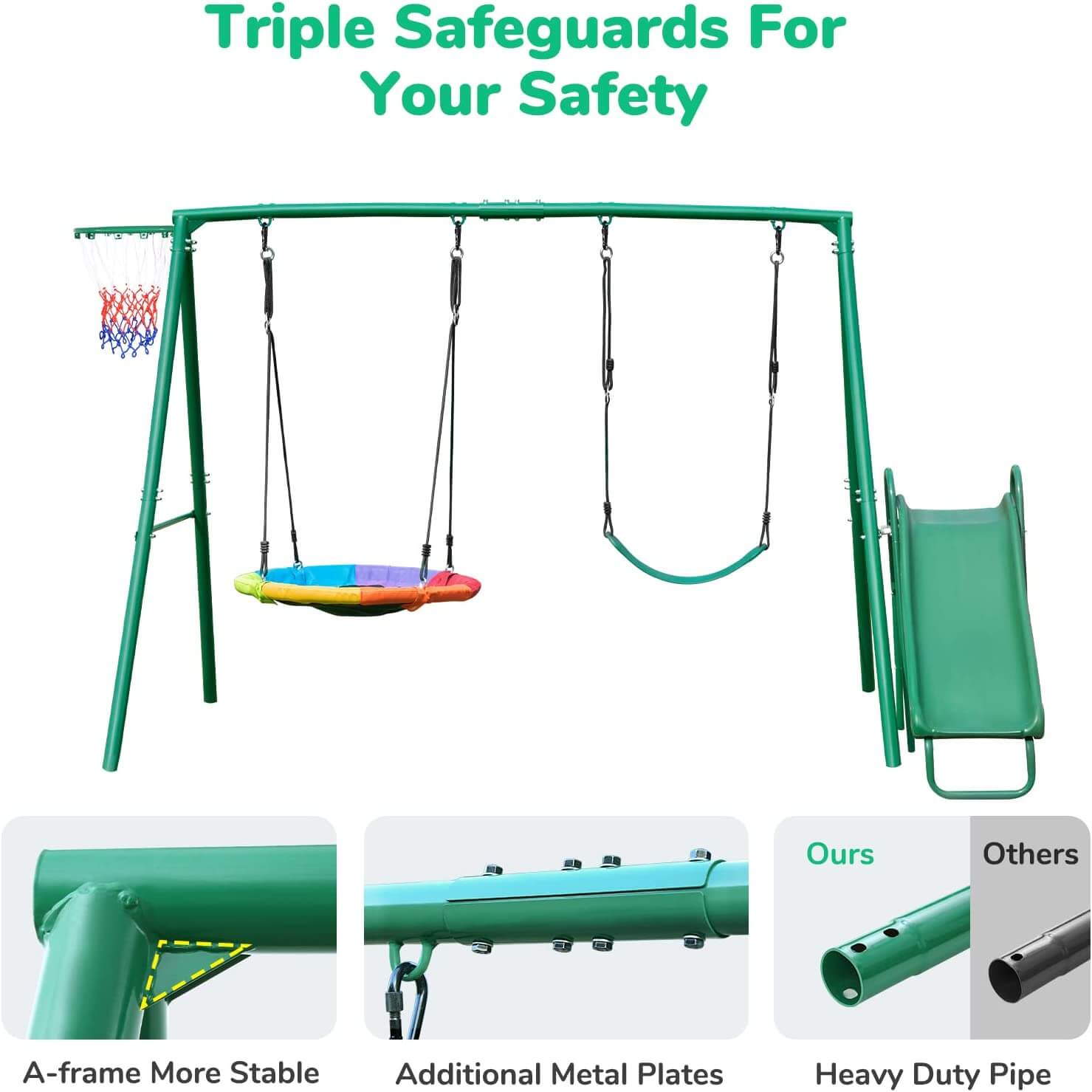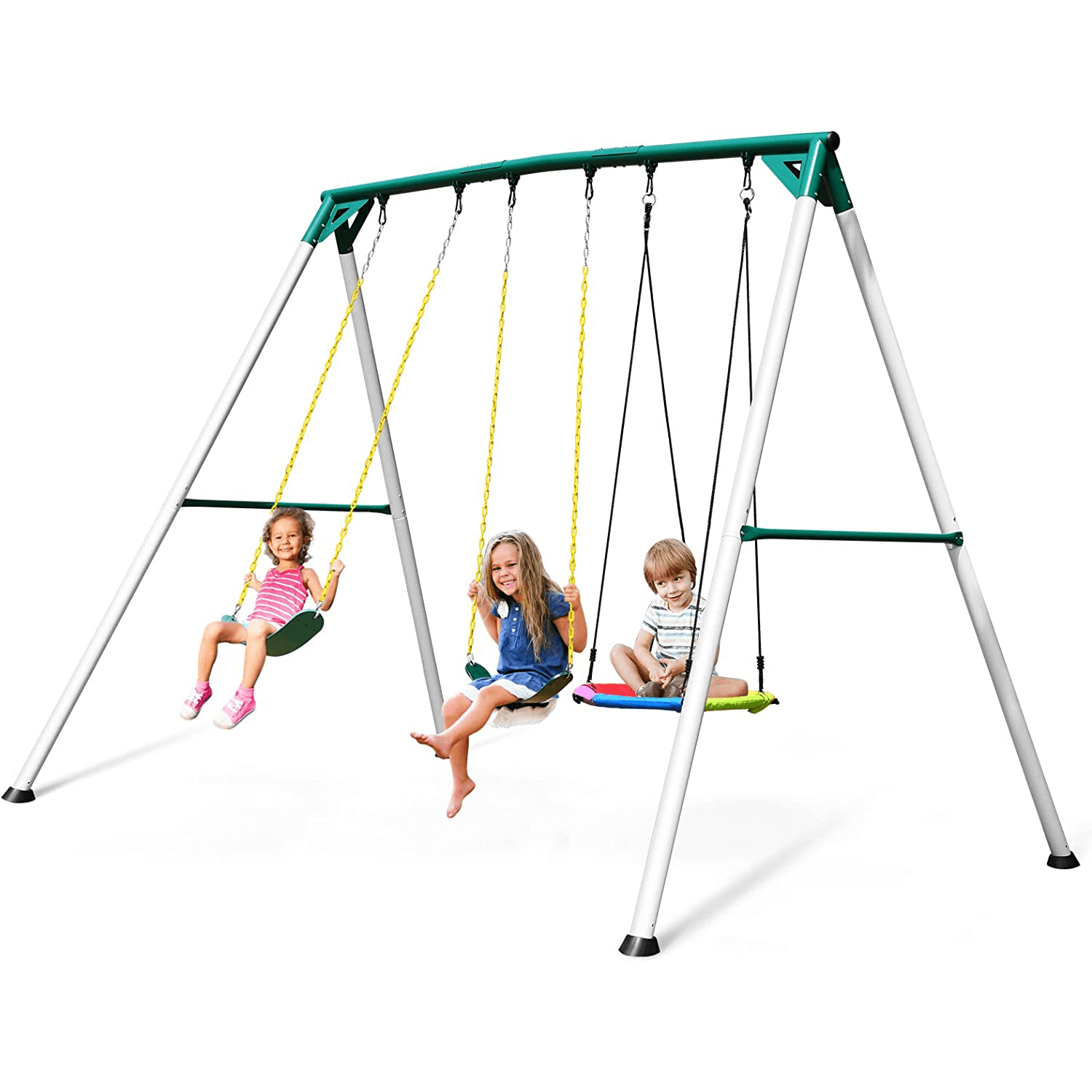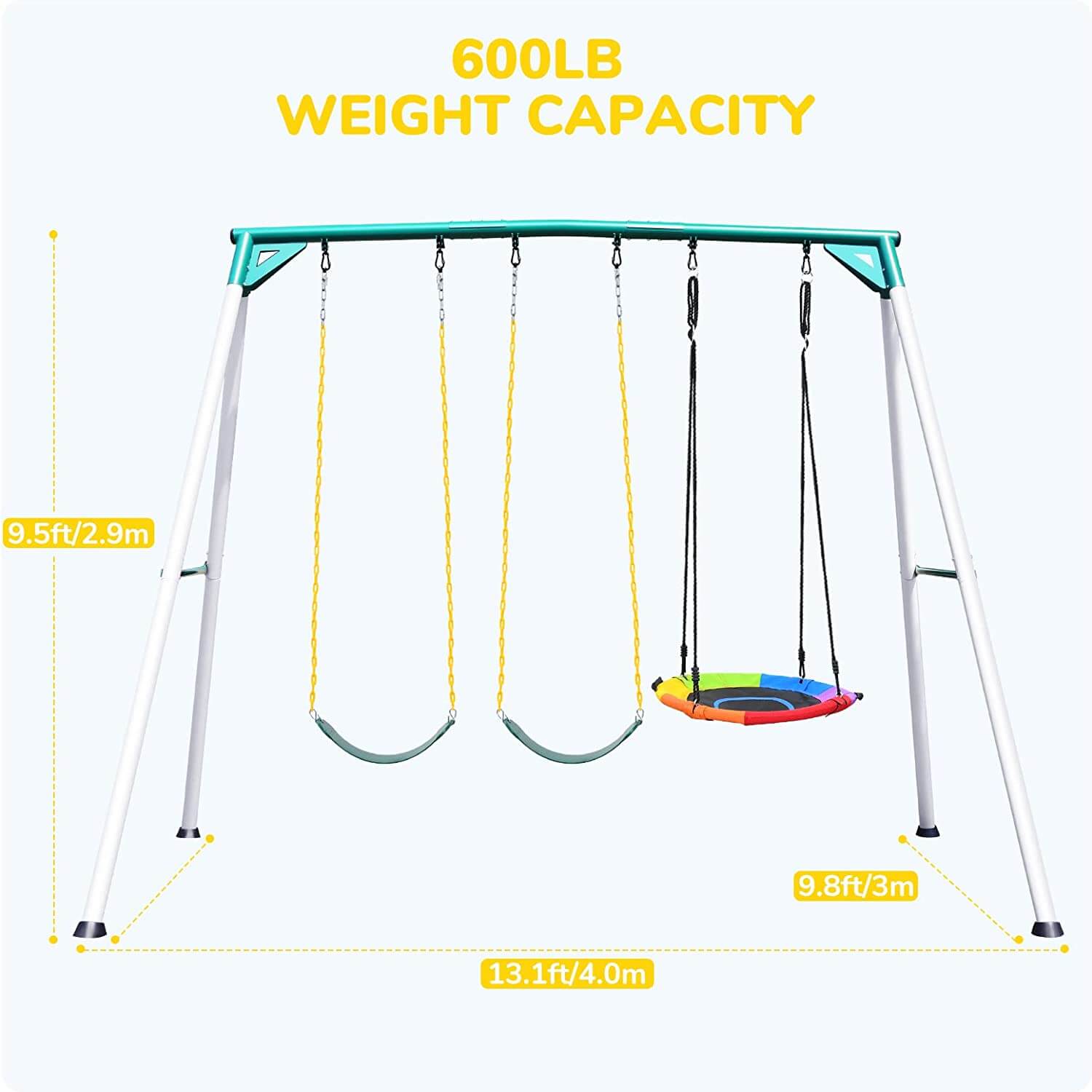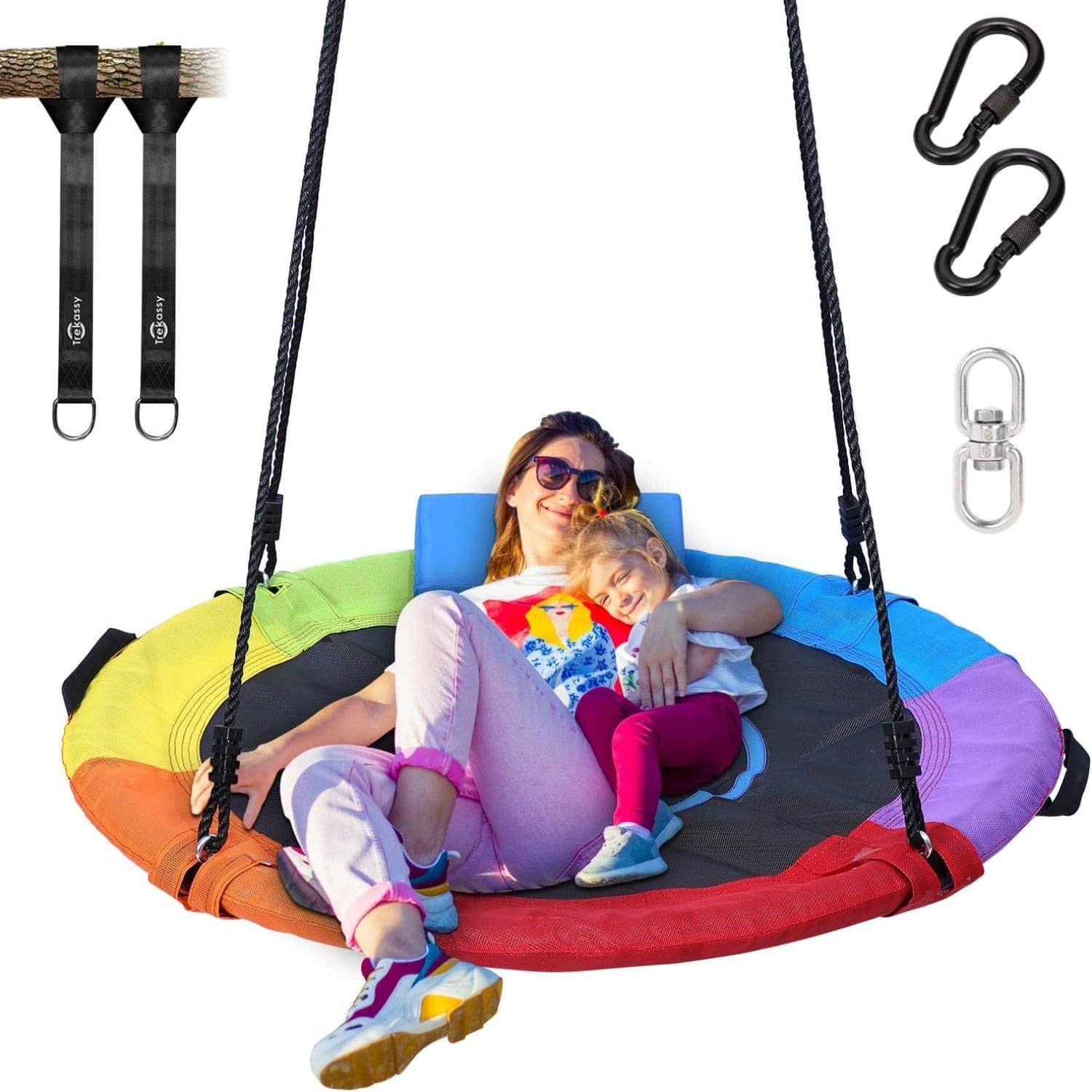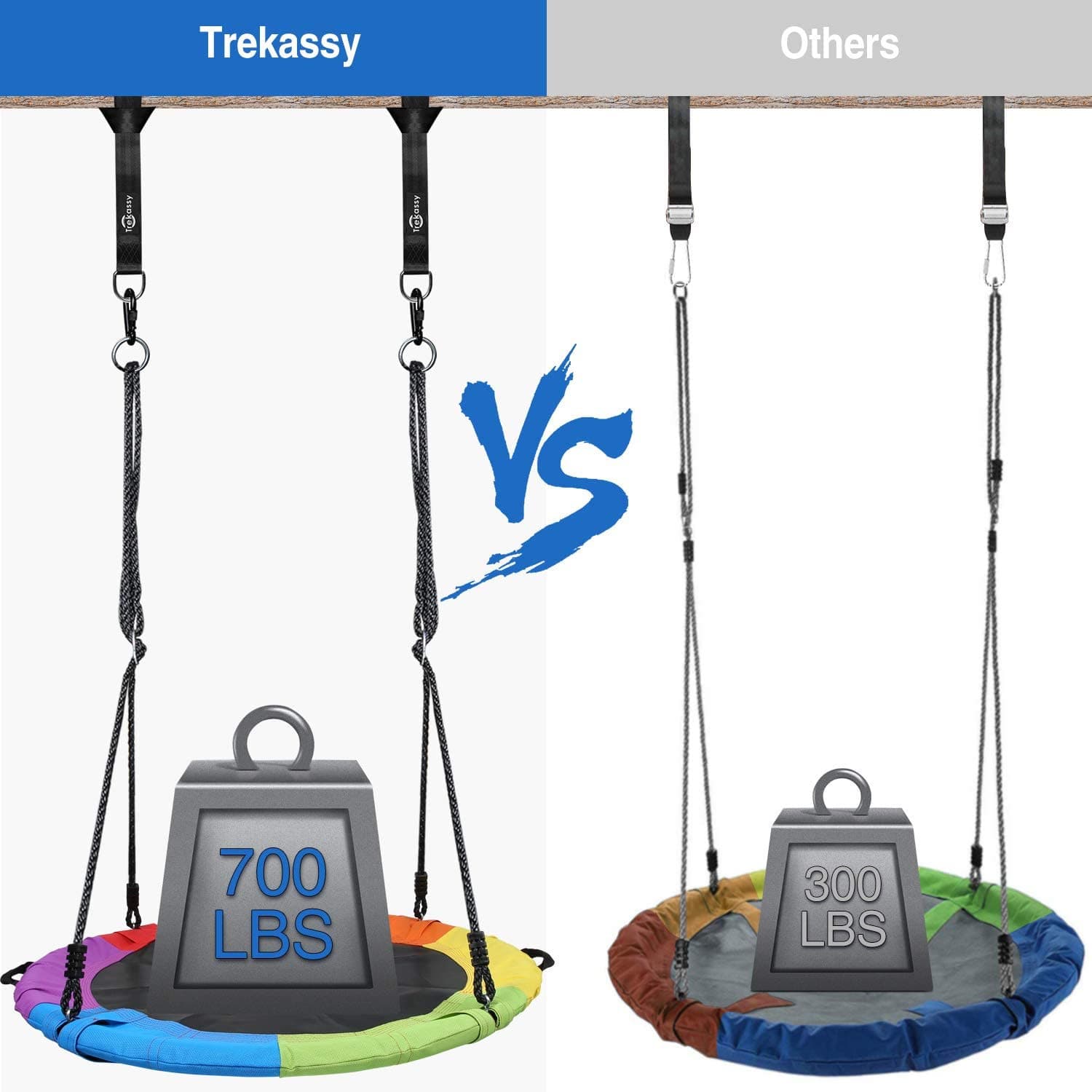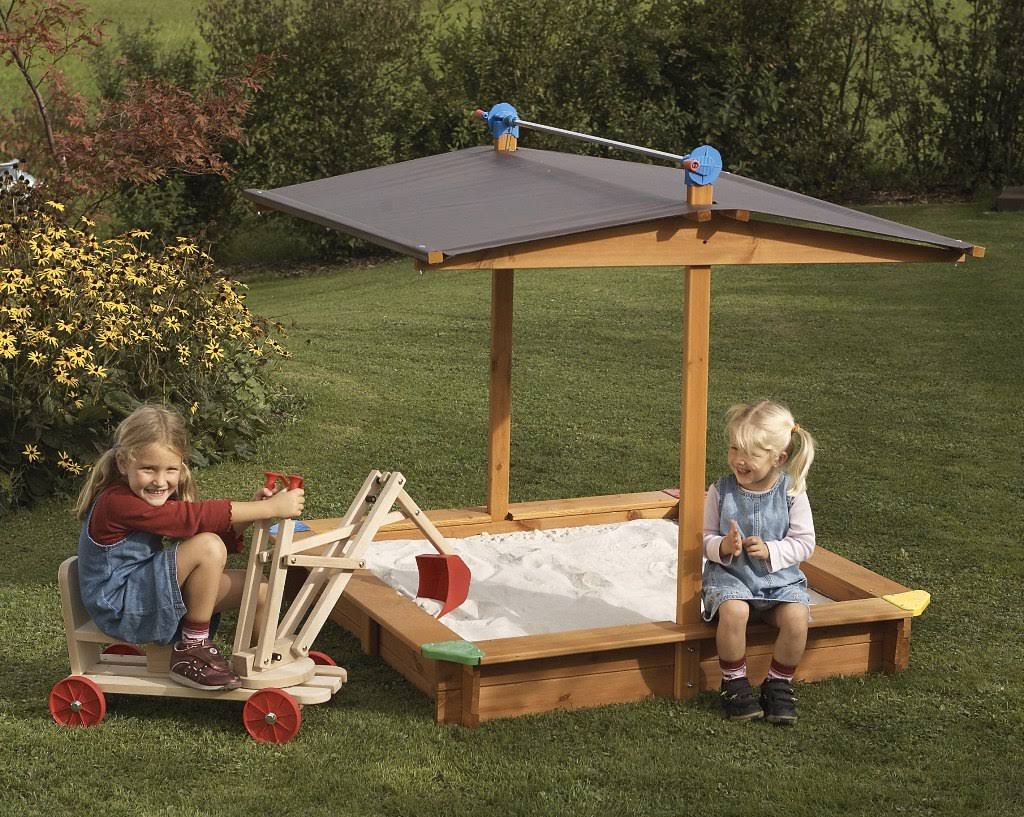
Best sandboxes with lids

A sandbox with a cover offers many advantages. We show what you still need to pay attention to and which models are recommended.
Not only does every pot find its lid, but also many sandboxes. And this is an extremely practical thing. A sandbox lid can take on several tasks at once: there are other methods of keeping cats out of the garden, but a lid prevents the sandbox from becoming a litter box. It can also keep leaves and branches away from the sand. On some models, the lid can also be converted into small benches. And when it rains, any sand structures that are worth preserving are not destroyed immediately.
Nevertheless, when choosing a sandbox with a lid, you have to consider a few things - especially with regard to the material: models made of thin plastic, for example, can quickly tear or deform. In comparison, a sturdy wooden lid, ideally made of pressure-treated wood with FSC certification, offers long-lasting and reliable protection. Some constructions provide only limited protection against rain. In addition, parents are dissatisfied with the rather complicated structure of inferior models. It is definitely worth taking a look at the respective experiences of other parents.
Checklist for sandboxes with a lid
Material: The sandpit should preferably be made of robust, weather-resistant wood. Larch, robinia or Douglas fir are recommended types of wood because they are particularly resistant. In addition, wood with FSC certification is recommended.Poor quality wood can rot prematurely, compromising safety and necessitating premature replacement. There are also simple plastic models. They are commonly available in the form of a shell or an animal. Advantage: Without sand, they are also suitable as paddling pools.
Size: The size of the sandbox depends on the number of children and the space available. A sandpit that is too small can limit the fun of playing, while a sandpit that is too large requires more maintenance and more sand. As a rule, sandpits have a side length between 120 and 160 cm.
Lid: Some wooden sandboxes solve the lid issue quite simply by placing one or two panels on the box - done. The primary objective has thus been achieved. The sandbox is closed, but the lid does not fulfill any other practical task. With the well thought-out lids things are different. Above all, those lids that can be cleverly transformed into small benches should be mentioned here. So the kids can sit comfortably, but still have no protection from the sun. A well thought-out roof provides protection from the sun. In the simplest variant, the roof is fixed at the top. However, it is more practical if you can lower the roof and use it as a cover for the sandpit. Depending on the model, the lids can fulfill different tasks. The best variant is probably a sandpit with a lowerable roof, which also serves as a cover. So you have rain and sun protection as well as protection against use as a litter box in one.
Maintenance: A sandpit with a lid requires less maintenance because the sand stays clean. Nevertheless, the sand should be replaced regularly and the wood treated if necessary. Neglected care can lead to an unsanitary sandpit and reduce the lifespan of the wood.
What do you have to watch out for with sandpits with a cover?
– A sandbox should be made of robust, weather-resistant material. Larch, robinia or Douglas fir are recommended types of wood because they are particularly resistant.
– The lid should be durable and fit well to reliably protect the sand from dirt and moisture.
– The size of the sandbox depends on the number of children and the space available. As a rule, sandpits are between 120 and 160 cm in size.
How do I choose the right sandpit with a lid?
The choice depends on the number of children, the space available and the material desired. For example, a larger sandpit is suitable for several children, while a smaller sandpit fits better in a small garden. When it comes to the material, you can choose between wood and plastic.
What are the quality differences in sandboxes with covers?
High-quality sandboxes are usually made of strong, durable material such as pressure-treated wood and have a sturdy, well-fitting lid. In the case of inferior models, the material is often not as robust, and the lid can also be less stable. As a result, it may not close properly and protect the sand adequately.
Which manufacturers of sandboxes with lids are recommended?
- Trekassy
Who are covered sandpits for?
Sandboxes with lids are especially useful for families with children. They provide a safe and clean outdoor play environment, encourage children's creativity and motor skills, and facilitate social interactions.
How big should a sandpit be for 2 children?
For two children to play comfortably, the sandbox should have at least dimensions of 1.5 m × 1.5 m. Optimally, however, it has a size of 2 m × 2 m in order to guarantee sufficient freedom of movement and fun.
How do I care for a wooden sandbox?
A wooden sandbox should be cleaned regularly and re-varnished if necessary to protect it from the weather. It is also important to regularly check the wood for splinters to avoid the risk of injury.
What alternatives are there to a sandbox with a roof?
A limited backyard play area does not mean that playing with sand has to be given up. Plastic sand shells are available in different dimensions, even for the smallest children, and can also be easily moved. In this way, the space used can be quickly freed up again as soon as the sand shell is no longer in use.








